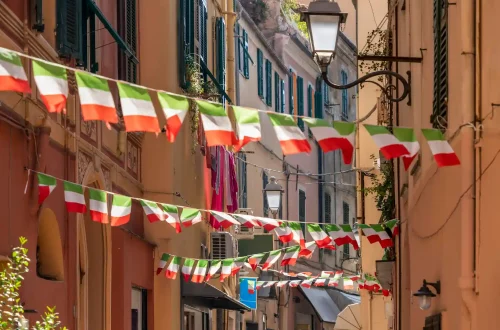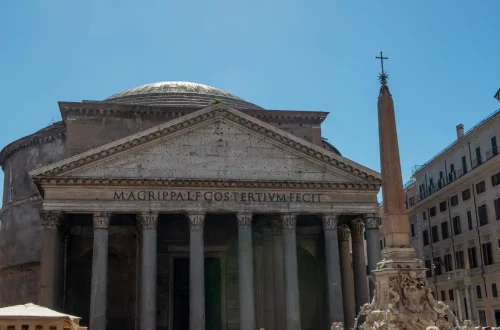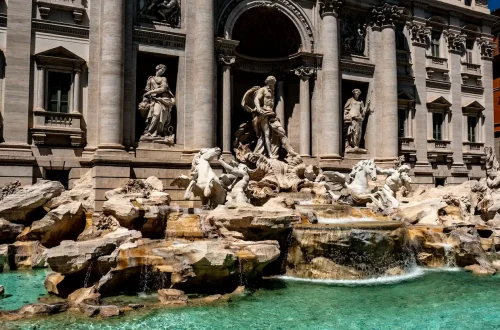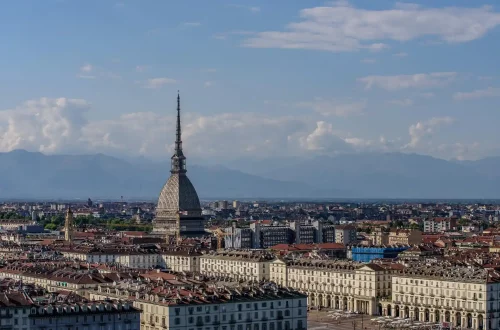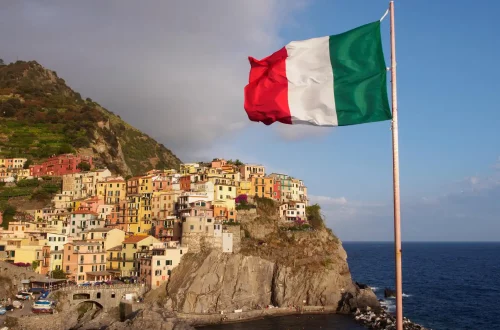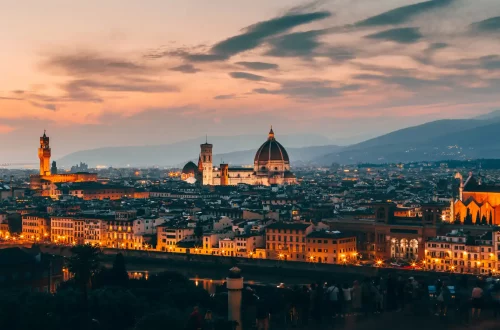Italian citizenship, regulated by Law 91/1992, is based on the jus sanguinis (right of blood) principle, meaning Italian citizens can pass their citizenship to descendants. The process of obtaining Italian citizenship can be complex, and choosing the right route depends on individual circumstances.
Two primary pathways for Italian citizenship are available: the administrative process, which involves applications through consulates or municipalities, and the judicial process, which requires legal action in Italian courts. Below, we examine the differences between these routes, highlighting their requirements, advantages and challenges.
Administrative route
The administrative route is the most common pathway for obtaining Italian citizenship. It involves submitting an application to either the Italian consulate in your jurisdiction (if you reside outside Italy) or directly in Italy at a municipality (comune).
Key features of the administrative route:
- Location of application: Applicants residing outside Italy must file their applications with the Italian consulate that serves their region. For those who plan to live in Italy, the application can be submitted directly to the comune where they reside.
- Eligibility requirements: The administrative process is suitable for cases where the lineage is direct and uninterrupted. For example, if an individual’s grandfather or grandmother is Italian and has not renounced Italian citizenship before the next descendant’s birth, the case is considered straightforward.
- Processing time: One of the major drawbacks of the administrative route is the lengthy processing time. In consulates located in high-demand regions, such as the United States, applicants may face waiting periods of up to five years—or even longer—before their applications are reviewed.
This delay is primarily due to the high volume of applications and limited resources at consulates. Applying through the administrative route in Italy provides a quicker pathway to citizenship; however, it involves the additional expense of relocating and settling in a new country. Establishing residency in Italy can be a significant financial commitment.
- Cost-efficiency: The administrative route is generally less expensive than the judicial route. Applicants incur costs related to document collection, translation, authentication, and an application fee of €600, but they avoid additional expenses such as legal representation.
- Best-fit cases: This route is ideal for individuals with a clear and direct lineage.
Take advantage of specialized assistance to secure your passport for a borderless future.
Judicial route
The judicial route is an alternative pathway used for more complex cases or when the administrative process encounters obstacles. This option involves filing a legal case in an Italian court to request recognition of Italian citizenship.
Key features of the judicial route:
- Reasons for choosing the judicial route: The judicial process is often the only solution for cases that require legal intervention. Common scenarios include:
- The 1948 rule: Historically, Italian citizenship could only be passed down through the paternal line. This changed in 1983, when the Consiglio di Stato (Council of State) granted women equal rights to transmit Italian citizenship, enabling individuals born to Italian women after 1948 to inherit this right.
Later, in 2009, the Italian Court of Cassation expanded these rights, allowing individuals born before 1948 to claim citizenship through maternal lines—provided they pursue this through the judicial system. In such cases, an Italian lawyer specializing in citizenship law is required to file the claim in an Italian court.
- Consular rejection: Applications may be rejected by consulates due to incomplete documentation, discrepancies in records, or differing interpretations of the law. The judicial route provides a means to address these issues.
- Excessive delays: For applicants facing unreasonably long waiting times in the consular system, the judicial route offers a faster alternative.
- The 1948 rule: Historically, Italian citizenship could only be passed down through the paternal line. This changed in 1983, when the Consiglio di Stato (Council of State) granted women equal rights to transmit Italian citizenship, enabling individuals born to Italian women after 1948 to inherit this right.
- Legal support: Applicants pursuing the judicial route must hire an Italian lawyer who specializes in Italian citizenship. The lawyer represents the case in court and ensures that all legal procedures are followed correctly.
- Processing time: The judicial route is generally faster than the administrative route, with cases typically resolved within 1 to 2 years, depending on the complexity of the case and the workload of the court.
- Costs: The judicial route involves higher expenses—ranging from €2,000 to €5,000—these costs include legal fees, court charges, and document-related expenses. Applicants are also required to pay a €600 application fee. Despite the higher cost, many applicants find the judicial route to be a better investment due to its relative speed and guaranteed legal resolution.
- Unique benefits: The judicial process allows applicants to bypass administrative bottlenecks and address legal complexities that cannot be resolved through consulates. It also provides a legally binding decision, ensuring the applicant’s right to citizenship is upheld.
Comparison chart
| Aspect | Administrative Route | Judicial Route |
| Where conducted | Italian consulate or municipality | Italian court |
| Ideal cases | Direct descent pre or post-1948 | Complex cases (e.g., 1948 rule) |
| Processing time | 5+ years | 1 to 2 years |
| Costs | Around €2,000 | €2,000 to €5,000 |
| Legal requirements | Documentation, sworn translations and apostilles. | Lawyer, documentation, sworn translations and apostilles. |
The choice between the administrative and judicial routes depends on the specifics of each case. For individuals with simple, direct claims and no legal complications, the administrative route offers an affordable option, albeit with long processing times.
Meanwhile, the judicial route is essential for resolving complex cases, overcoming administrative obstacles, and ensuring a legally binding resolution. Regardless of the chosen path, applicants should carefully evaluate their circumstances and seek professional guidance. Legal experts can help navigate the complexities of Italian citizenship law, ensuring a smoother and more successful process.
Whether through the administrative or judicial route, reclaiming Italian citizenship is a rewarding journey that connects families to their heritage and unlocks countless opportunities.
